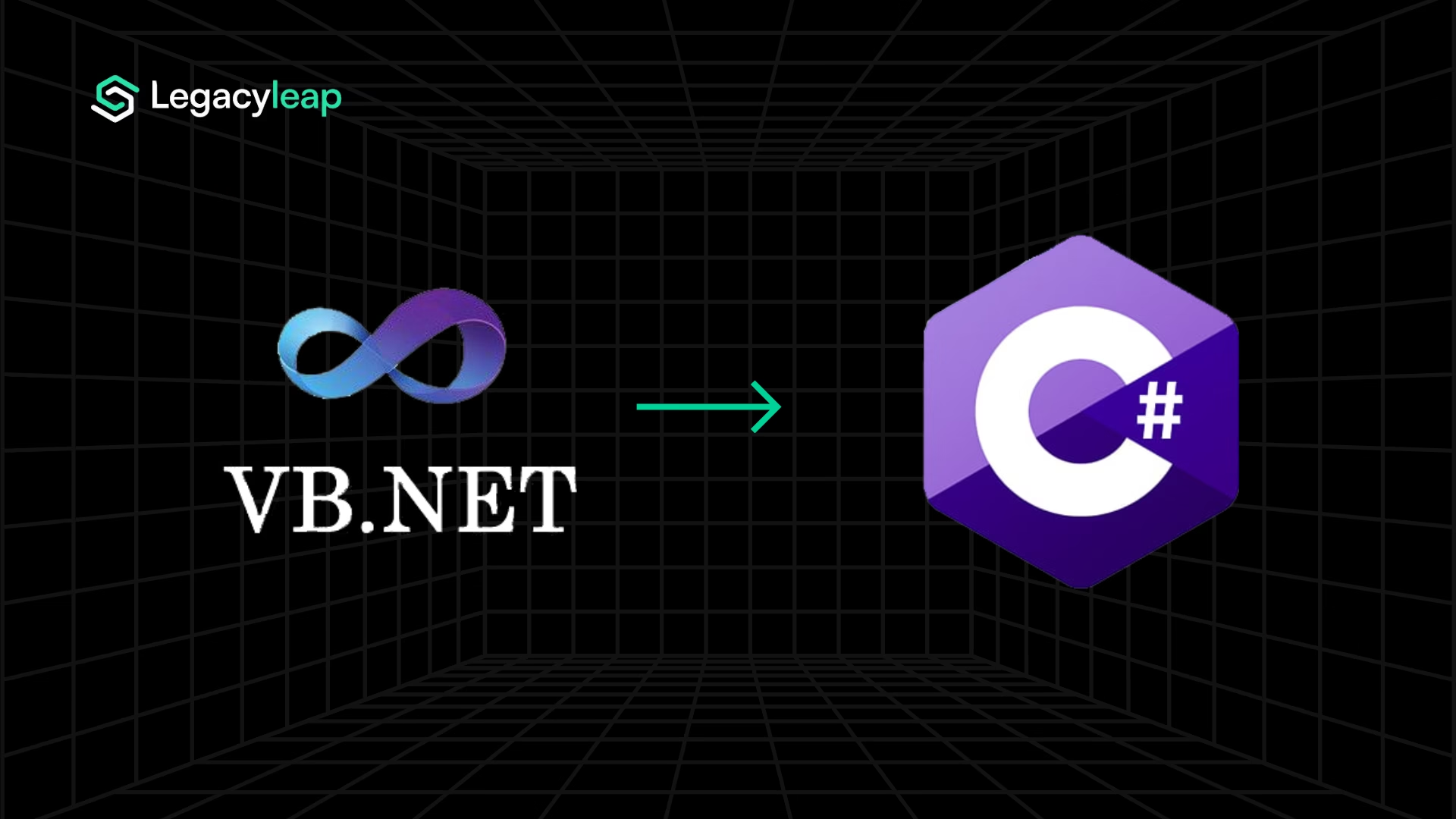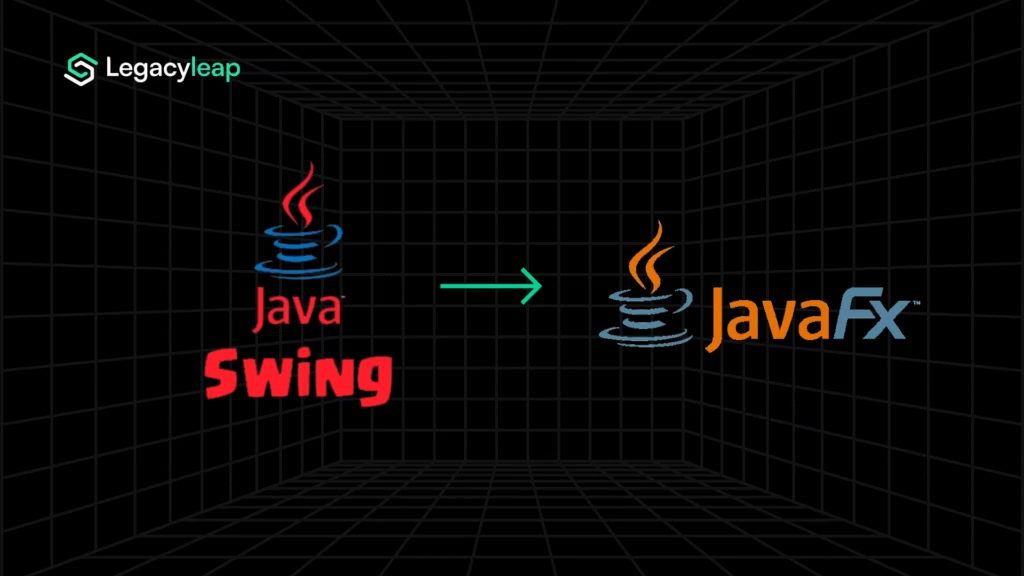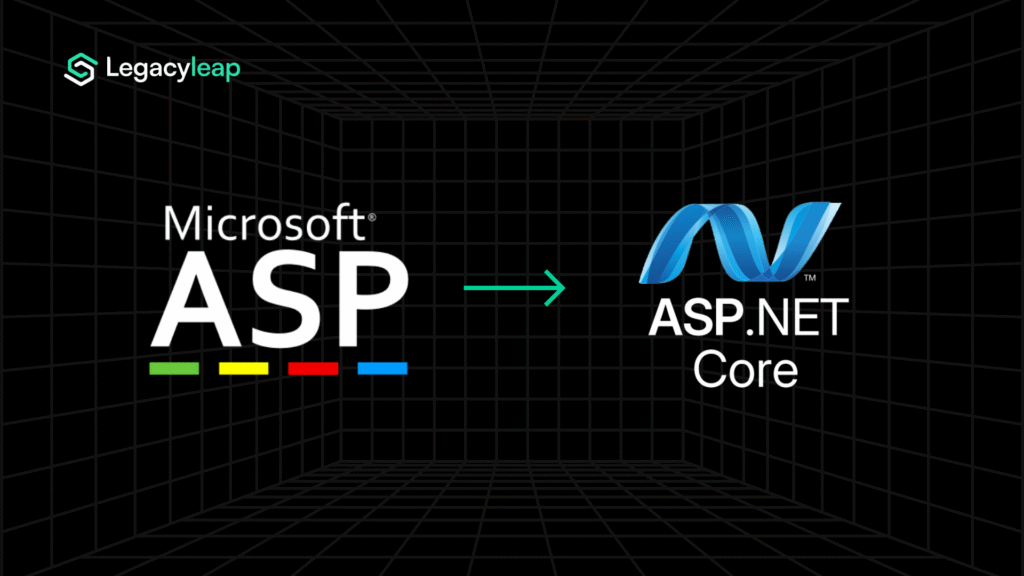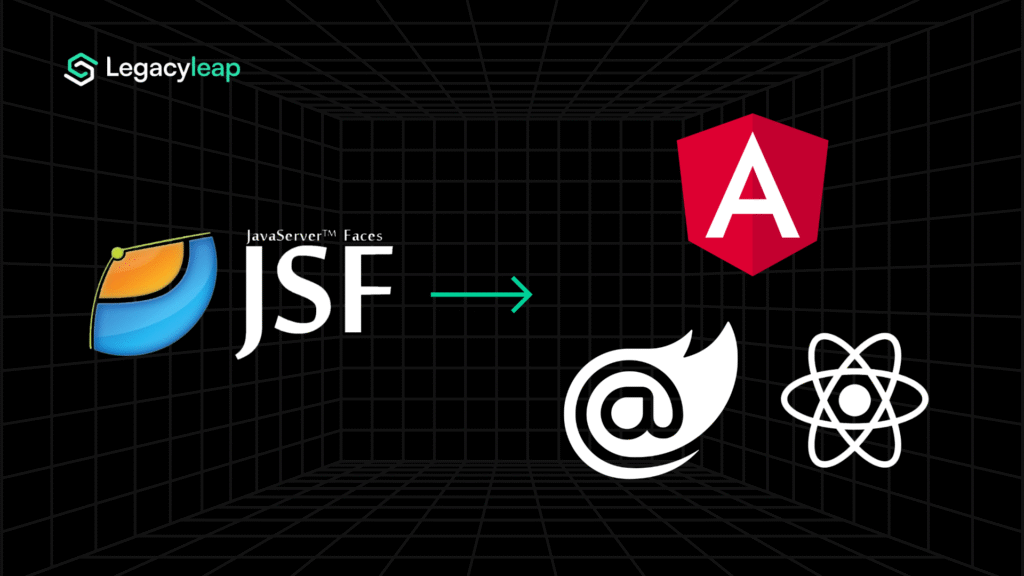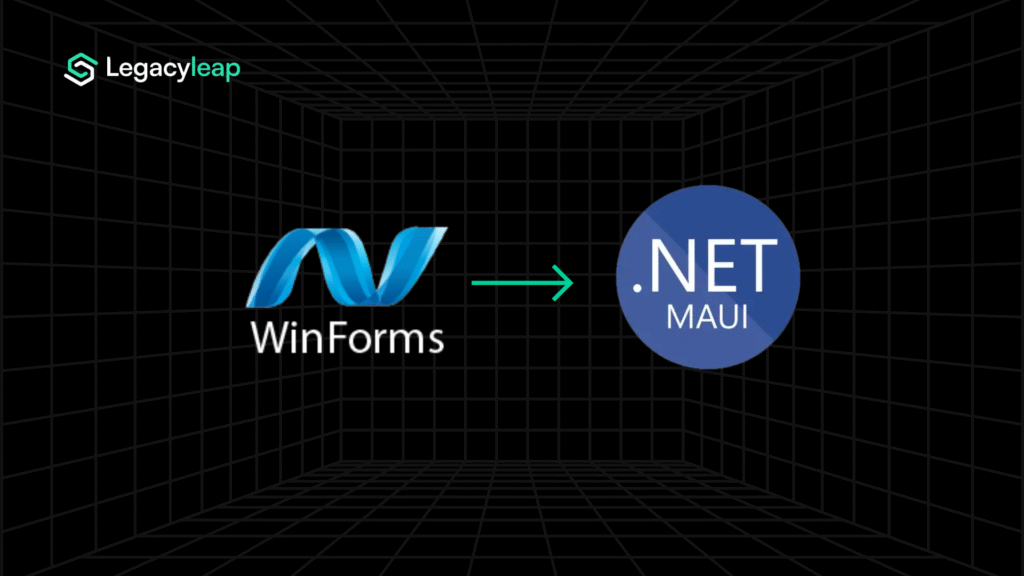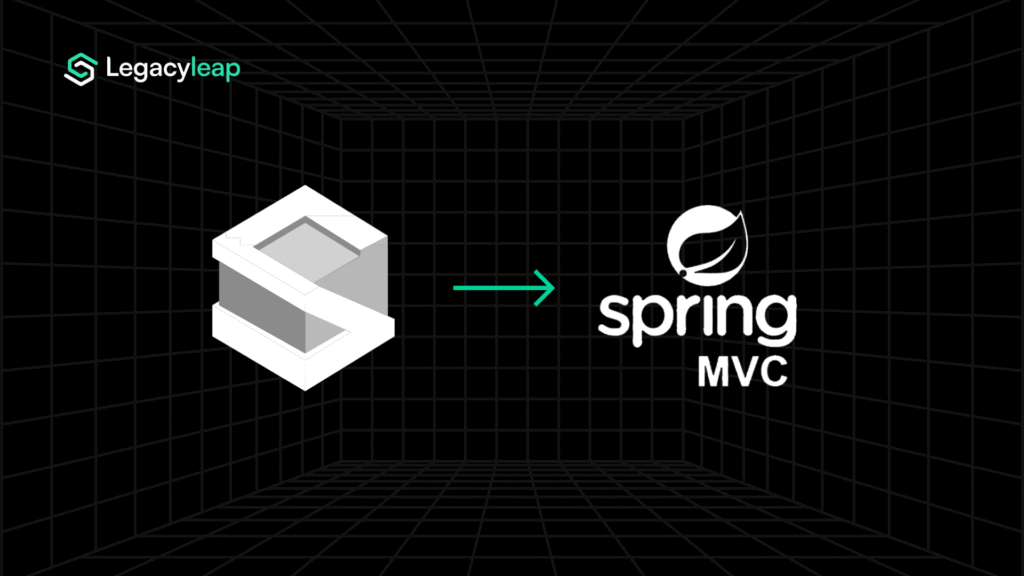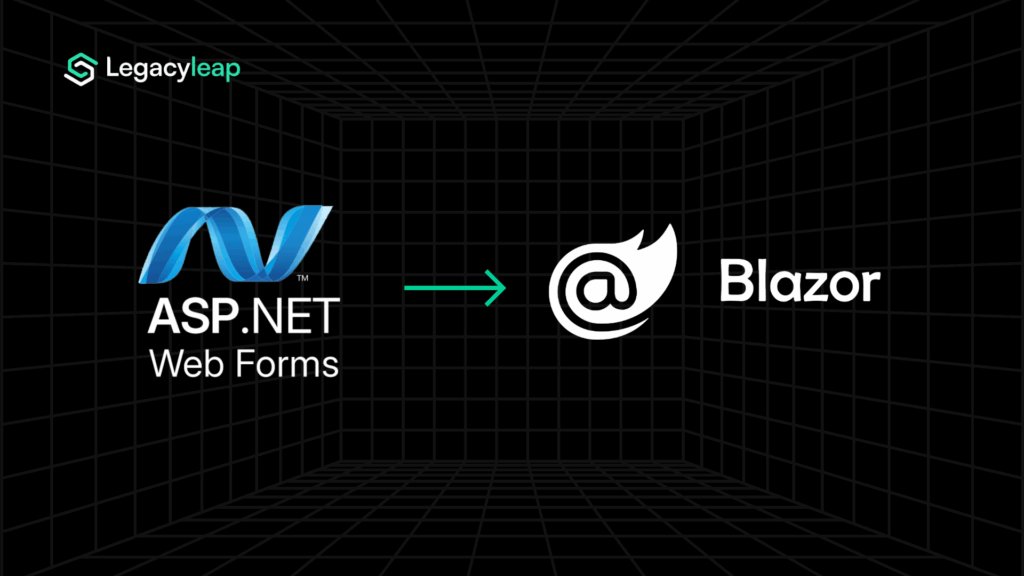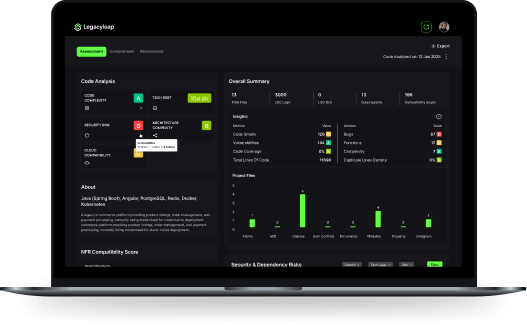Introduction: VB.NET’s Future Is Stalled; Enterprises Need to Move
VB.NET is still supported, but Microsoft has made its position clear that the language is “stable but not evolving.” All new innovation in the .NET ecosystem, from MAUI to Blazor to ASP.NET Core, is C#-first.
For enterprises, this presents mounting risks:
- Compliance exposure: Legacy VB runtime dependencies and unsupported APIs are harder to secure and audit.
- Talent scarcity: VB developers now represent less than 5% of the ecosystem, driving up hiring and maintenance costs.
- Innovation gap: VB.NET apps cannot take advantage of Microsoft’s modern frameworks, cloud-native integrations, or AI services.
Survey data underscores the trend. In the 2025 Stack Overflow Developer Survey, C# was used by 27.8% of developers, compared to just 4.4% for VB.NET. Job postings increasingly emphasize VB.NET-to-C# migration experience, reflecting both the demand for modernization and the shrinking pool of VB talent.
The conclusion is clear: staying on VB.NET is not sustainable. Migration to C# is the only path to ensure long-term viability, access to Microsoft’s roadmap, and alignment with the developer talent pool.
This blog explores the advantages of C#, the pitfalls in migration, and how Gen AI with Legacyleap delivers modernization with speed, safety, and verifiable outcomes.
Why Enterprises Are Moving from VB.NET to C# and Modern .NET
Migrating VB.NET to C# is a shift into the ecosystem that Microsoft and the broader developer community are actively investing in.
| Capability | VB.NET (Legacy) | C# + Modern .NET |
| Language evolution | “Stable, not evolving” | Active roadmap with async/await, records, pattern matching, nullable refs |
| Ecosystem access | Limited support for new frameworks | Full access to Blazor, MAUI, AI service integrations |
| Runtime performance | Higher memory usage, legacy runtime | .NET 6/7/8 apps use up to 4× less memory, higher throughput |
| Talent pool | ~4–5% of developers | 5–7× larger base; sustainable hiring and training |
| Future alignment | Declining, shrinking adoption | Microsoft’s clear strategic direction |
Enterprise benefits:
- Innovation-first development → Teams gain access to modern language features and frameworks not available in VB.
- Infrastructure savings → Performance improvements in .NET 6/7/8 translate directly into fewer servers and lower hosting costs.
- Cloud + AI readiness → C# is the gateway to Blazor, MAUI, and cloud-native workloads with AI integrations.
- Sustainable talent pipeline → Larger developer pool reduces long-term hiring friction and cost.
For CIOs and CTOs, the payoff is clear: moving from VB.NET to C# reduces compliance and talent risk, aligns with Microsoft’s strategic roadmap, and unlocks the performance and flexibility needed for modern enterprise workloads.
Also read: A Complete .NET Migration Guide for Modernizing Legacy Microsoft Stacks.
What Makes VB.NET to C# Migration So Challenging?
On the surface, VB.NET to C# looks like a simple language conversion. In reality, it’s a migration fraught with subtle gaps and enterprise-scale risks:
- Syntax and semantic mismatches:
- Case sensitivity, null handling, ByRef semantics, and VB’s Handles event wiring all differ.
- Risk: silent behavioral differences that introduce production bugs.
- Case sensitivity, null handling, ByRef semantics, and VB’s Handles event wiring all differ.
- Runtime bleed-through:
- Converters often leave Microsoft.VisualBasic runtime calls behind.
- Risk: technical debt carried into the new codebase instead of eliminated.
- Converters often leave Microsoft.VisualBasic runtime calls behind.
- Option Strict debt:
- Many VB projects were built with Option Strict Off, relying on implicit conversions and late binding.
- Risk: brittle, error-prone code once translated into C#.
- Many VB projects were built with Option Strict Off, relying on implicit conversions and late binding.
- Untranslatable features:
- Default properties, XML literals, and My.* namespaces don’t map cleanly to C#.
- Risk: critical functionality left for costly manual rewrites.
- Default properties, XML literals, and My.* namespaces don’t map cleanly to C#.
- Project-level incompatibility:
- VB and C# cannot coexist in the same project (only in separate projects within a solution).
- Risk: complicates incremental migration, slowing down CI/CD adoption.
- VB and C# cannot coexist in the same project (only in separate projects within a solution).
For CIOs and CTOs, these issues create unpredictable timelines, escalating costs, and functional uncertainty when converters fail.
How Gen AI Makes VB.NET to C# Migration Verified and Reliable
Traditional converters handle the easy 60–80% of VB.NET code, leaving the last 20–40% for expensive manual cleanup. That’s where most projects stall. Gen AI with compiler-grade guardrails changes the model by tackling the hardest migration blockers directly:
- Pre-refactoring Option Strict debt:
- Late binding and implicit conversions are detected and refactored before translation.
- Impact: prevents fragile, error-prone C# output.
- Late binding and implicit conversions are detected and refactored before translation.
- Event wiring and default instances:
- VB’s WithEvents and Handles are rewritten into idiomatic C# event subscriptions.
- Default forms (My.Forms) are restructured into DI-friendly factories.
- Impact: produces clean, maintainable Core-ready C#.
- VB’s WithEvents and Handles are rewritten into idiomatic C# event subscriptions.
- XML literal and runtime replacement:
- VB-only XML literals are rewritten using LINQ to XML.
- Microsoft.VisualBasic runtime calls are mapped to modern .NET APIs.
- Impact: removes legacy debt instead of carrying it forward.
- VB-only XML literals are rewritten using LINQ to XML.
- Parity-first validation:
- Auto-generated unit and integration tests compare legacy VB behavior with the new C# application.
- Impact: ensures 100% functional parity validated before cutover.
- Auto-generated unit and integration tests compare legacy VB behavior with the new C# application.
The enterprise outcome:
- Predictable scoping instead of guesswork.
- 6–12 month projects compressed into 2–4 months.
- Functional certainty, with parity and correctness validated before rollout.
With Gen AI, VB.NET migration stops being a brittle converter exercise and becomes a structured, verifiable modernization program.
Also read: How Can Gen AI Drive Every Step of Your Modernization Journey?
How Legacyleap Ensures Predictable VB.NET to C# Modernization
VB.NET migrations often stall when converters leave behind Microsoft.VisualBasic runtime calls, Option Strict debt, or untranslatable features. What enterprises need isn’t partial code conversion but end-to-end modernization with clarity, compliance, and parity built in.
Legacyleap delivers this with a platform designed for large, complex VB.NET portfolios:
- 100% dependency coverage: Applications are parsed into compiler-grade models (ASTs + MLIR) and stored in graph databases. Every reference, from runtime calls to XML literals, is mapped before migration begins. Leaders know the full scope upfront.
- Debt removal, not debt carryover: Legacy constructs like late binding, implicit conversions, and Microsoft.VisualBasic runtime calls are replaced with modern C# equivalents or .NET APIs. This results in clean, idiomatic C# output that reduces future maintenance cost.
- Functional parity guarantees: Golden workflows from VB.NET apps are replayed against C# builds. Regression suites are auto-generated and wired into CI/CD pipelines, ensuring 100% parity validated before cutover.
- Enterprise-ready security and compliance: Authentication and encryption flows are modernized in alignment with enterprise standards (OAuth2, OIDC, mTLS). All processing happens inside enterprise environments — no external API calls.
- Deployment artifacts built in: Helm charts, Dockerfiles, and Terraform scripts are generated as part of the process, making modernized C# applications ready for containerized or cloud-native deployment from day one.
Enterprise outcomes:
- Migration timelines cut from 6–12 months to 2–4 months.
- Lower TCO through reduced infra requirements and maintainable C#.
- Predictable scope, validated parity, and compliance assurance for leadership sign-off.
Legacyleap turns VB.NET to C# migration from a brittle, converter-led exercise into a repeatable, enterprise-grade modernization framework.
Plan Your VB.NET to C# Migration with Confidence
VB.NET is no longer evolving, and the talent pool is shrinking. Every year spent maintaining VB apps increases cost, compliance risk, and talent scarcity. In contrast, C# delivers modern language features, runtime performance gains, and full alignment with Microsoft’s innovation roadmap.
But converter-led or manual rewrites rarely succeed. They leave technical debt, create regressions, and stretch timelines into uncertainty.
Legacyleap offers a different approach. With compiler-grade comprehension, automated debt removal, CI/CD-integrated parity validation, and enterprise-ready deployment artifacts, VB.NET to C# migration becomes faster, safer, and verifiable at scale.
Start with a $0 VB.NET to C# migration assessment. In less than a week, you’ll receive dependency maps, security scans, modernization feasibility, and functional documentation as a no-cost, low-risk way to plan your modernization with confidence.
FAQs
Legacyleap’s platform auto-generates regression tests based on existing VB.NET workflows, then validates the C# output using compiler-grade checks and human-in-the-loop reviews. This ensures the migrated code performs identically across all business-critical scenarios.
Yes. For large systems, Legacyleap supports phased migration, allowing VB.NET modules to continue running alongside new C# components. This minimizes disruption and enables gradual cutover without breaking existing functionality.
Basic converters often miss semantic differences like case sensitivity, Option Strict enforcement, or My namespace dependencies. This leads to broken logic, runtime errors, and increased manual debugging. Legacyleap solves this with Gen AI agents that restructure, not just translate, code with architectural awareness.
Legacy VB.NET apps often contain insecure runtime calls and outdated libraries. Legacyleap replaces these with secure, standards-aligned C# equivalents and integrates auth, logging, and access controls as part of the modernization pipeline.
Yes. Legacyleap generates deployment-ready C# code compatible with CI/CD, containers (Docker), and cloud-native platforms like Azure or AWS. You go from legacy to cloud-ready without rewriting from scratch.


